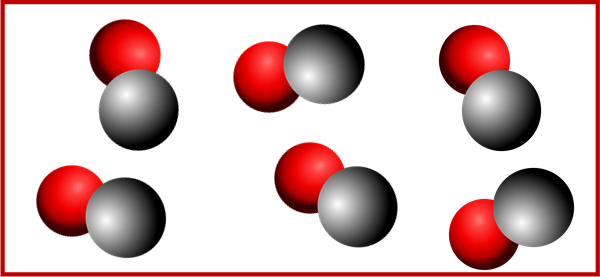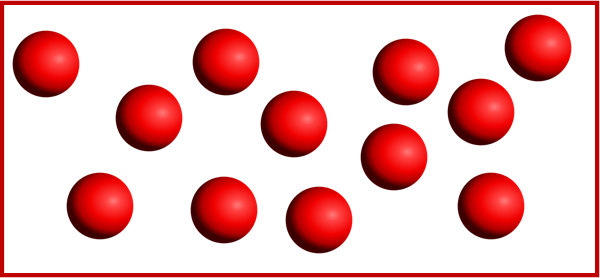Something wrong
This task is about properties of elements, compounds and mixtures.



A group of friends were talking about elements, compounds and mixtures. Each made a statement, but no one was completely correct. Explain the mistake in each statement.

